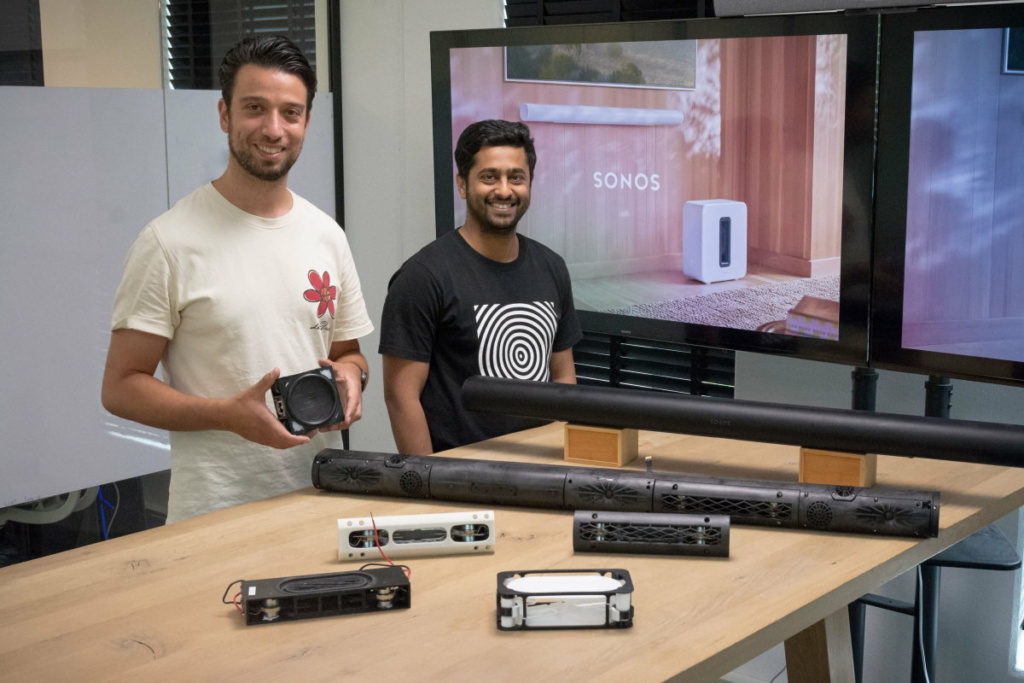Your cart is currently empty!
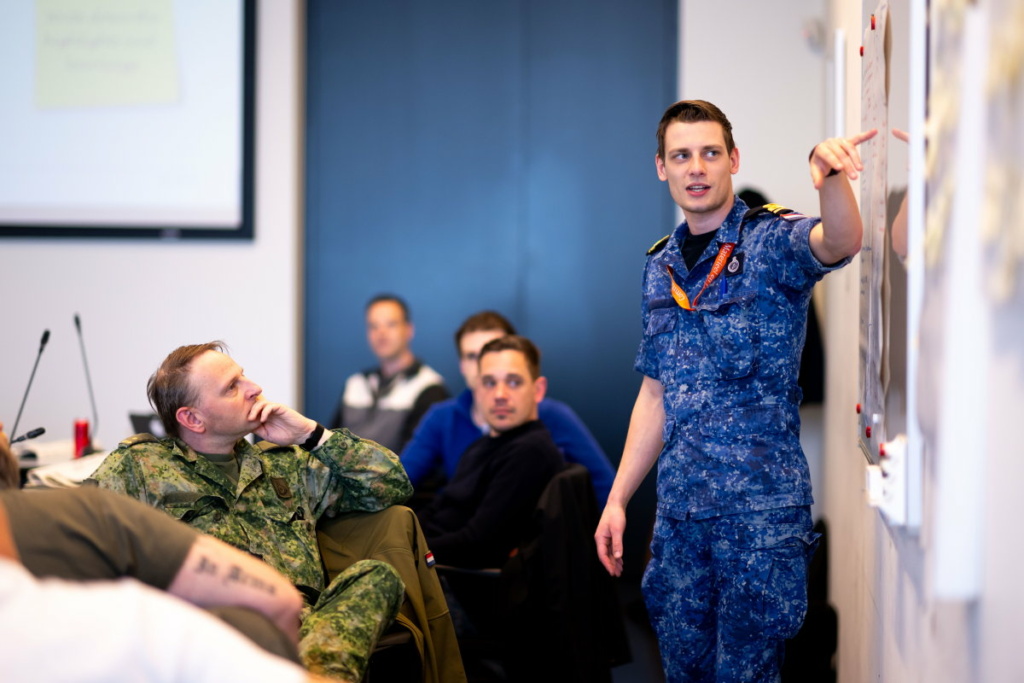
Leading the troops into the realm of systems engineering
TNO-ESI was asked to help the Netherlands armed forces take their systems engineering know-how to the next level. After a successful pilot training with twenty participants, four additional groups of twenty will be upskilled this year.
The Dutch Materiel and IT Command (COMMIT) is responsible for the supply of equipment to the Netherlands armed forces. Reporting to the Ministry of Defense, the government agency is involved in purchasing and maintaining a wide variety of gear, including safety vests and field kitchens, but also airplanes and battleships. “It ranges from seemingly simple stuff to highly advanced systems,” says Mark Michielsen, head of the Weapon System Management Knowledge Center at COMMIT.
Although the agency doesn’t do much actual development, except for the shipbuilding projects, it does engage in many systems engineering activities, especially the early stages. “One of our main tasks is translating an assignment from the ministry in The Hague into a schedule of requirements, which we then put out on the market,” explains Michielsen. “The aim is to buy new systems off the shelf as much as possible.”
Efficiently dealing with such a variety of equipment requires a clear systems engineering framework, based on a common systems language. Unfortunately, that’s what’s lacking at COMMIT right now. As pointed out by Joanita Bisdonk, manager systems integrator, “We’re currently working in a very fragmented way. A lot of considerations pop up after decisions have already been made. If we were to follow a more structured systems engineering approach, we could be much more effective.”
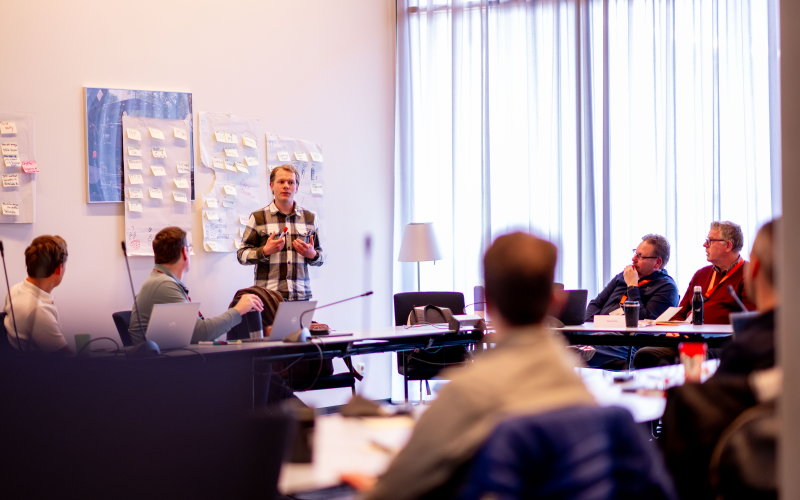
On top of that, Michielsen observes that internal collaboration is hindered by a confusion of tongues. “Within NATO, we’ve agreed upon a common language for system lifecycle processes: AAP-48, based on ISO 15288. Yet, at COMMIT, we see people employing their own terminology. We see different terms being used for the same thing or the same term for different things. That makes it challenging to work together.”
From various parts of the organization, people began expressing the need to extend their knowledge about systems engineering and adopt a common systems language. This prompted Michielsen to contact TNO-ESI. “We had learned that they offer a training course covering the fundamental aspects of systems engineering, based on ISO 15288. It exactly aligned with our needs.”
Structured thinking
The Systems Engineering Fundamentals training is a coproduction of TNO-ESI and the University of South-Eastern Norway, masterminded by systems engineering guru Gerrit Muller, who works at both organizations. “The course has been designed for the high-tech industry, where it’s been running for several years at our partner companies,” says Joris van den Aker, who manages ESI’s competence development program. “Although the defense sector was relatively uncharted territory for the training, the pilot we did with COMMIT showed a direct fit of about 90 percent. The 10 percent mismatch had to do with the much bigger role procurement plays in this sector. We’ve adjusted the course accordingly.”

The pilot at COMMIT ran from September to December last year. “We had twenty participants divided into five groups,” recalls Roland Mathijssen, who led the course together with his ESI colleague Sezen Acur. “They were offered a blended format combining self-study of systems engineering theory through our online learning platform with five face-to-face workshops. In these workshops, an entire day every two weeks, they applied the theory to practical use cases, both within their groups and with the whole class. At the end of the course, every group presented their findings.”
The five use cases came from the four services of the Netherlands armed forces: the Air Force, the Army, the Navy and the Military Police. “We had a so-called killer drone, an anti-drone system, a laser effector to intercept incoming projectiles, an unmanned support vessel and a safety vest,” continues Mathijssen. “The vest is a seemingly simple case, but there’s much more to it than meets the eye. When you look at it as a system and consider its interfaces to the body, all kinds of intricacies enter into the equation: it comes in different sizes, it has to accommodate a variety of tools while providing sufficient protection without becoming too heavy, and so on.”
“As a so-called sponsor from one of the participating departments, I contributed the laser effector use case,” says Patrick den Engelsman, head of ground-based weapon system innovation at the Ministry of Defense. “I was the point of contact for more information about the case and the linking pin to the daily practice, representing the interests of the sponsoring department. I deliberately kept the assignment vague to stimulate out-of-the-box thinking, not about a technical implementation but about what systems engineering is and how it could benefit our way of working – which was the pilot’s aim.”
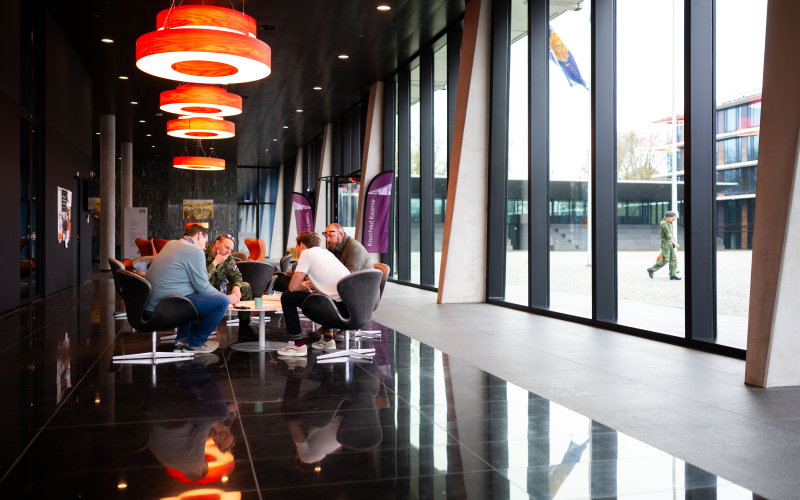
“I don’t have a background in systems engineering; I’m a techie from the Royal Navy,” admits Bisdonk, one of the participants in the pilot. “Thanks to the training, I’ve gained a better insight into the systems engineering process and the underlying principles. It’s all about structured thinking. Getting from what the user wants to what we can realistically buy, in a structured way. Capturing requirements upfront instead of as an afterthought. From the group work with colleagues in other roles and other departments and the plenary presentations of other use cases, I’ve also learned a lot about the COMMIT organization, our other activities and where to find what information. The experience was very educational – and also a lot of fun.”
Follow-up
As COMMIT’s venture into systems engineering has only just begun, Bisdonk has yet to fully apply the learnings in her daily practice. “My involvement as manager systems integrator starts at a point where we’ve already determined what the system is going to look like, so after the big bottleneck. At the moment, the only thing I can do with what I’ve learned is point out to my colleagues where we could have handled things differently. However, I’m confident that we’re on the right track. We’ve got the right processes in place. The main challenges now are to further raise awareness of systems engineering and apply the best practices.”
“The Defense organization is rather complex and kind of headstrong, so it’s not easy to adjust its course,” Michielsen points out. “But we’re adamant in taking our systems engineering skills to the next level, initially at COMMIT and then hopefully also across the whole of Defense. The training is a first step in that direction, with the feedback from the participants as a valuable guide. To generate real momentum, however, we need more. That’s where Patrick and the other sponsors come in. They’ve been picked because they’re in the position to stimulate change within the organization.”
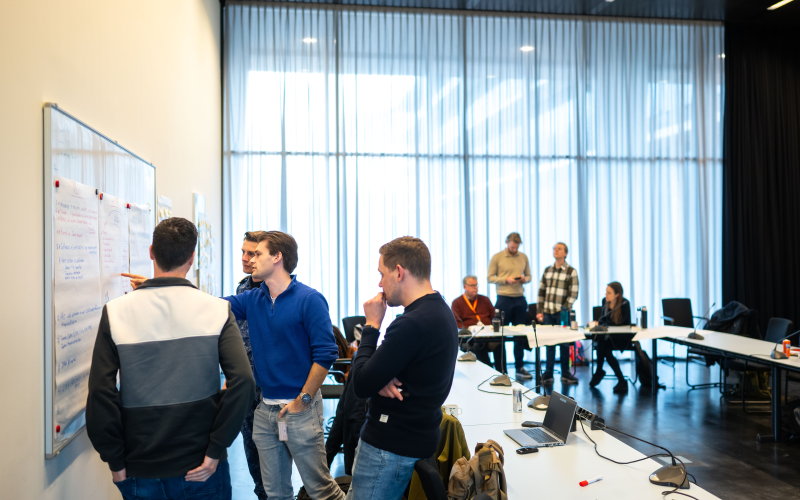
“We’re no Philips,” acknowledges Den Engelsman. “The Defense organization is nothing like a high-tech company. We’re familiar with the V model, but we have our own way of working in our own special ecosystem. The big question, then, is: how, if at all, can we make this industry-proven systems engineering methodology work for us? I must say, I had my doubts, but the pilot has convinced me that we can. Recently, we organized a knowledge day on systems engineering at the ground-based weapon systems department and I saw the topic really come alive. In a follow-up to the pilot, we’re going to explore what systems engineering practices we can already adopt right now.”
This follow-up involves organizing four editions of the custom-tailored Systems Engineering Fundamentals course in 2025 together with TNO-ESI. “We’re going to train four additional groups of twenty people this year,” says Michielsen. “The course has been added to our standard curriculum, which means it’s available to all of Defense. For the pilot, we still had to go and look for participants ourselves; now, colleagues from all departments can sign up on their own. And that’s going quite well: the classes are filling up nicely.”
The first batch is already well underway. “They started a couple of weeks ago, this time with four diverse use cases,” affirms Michielsen. “The Air Force is going into space, with an assignment to build a satellite. The Navy has supplied another case involving an unmanned vessel. For the Military Police, we’re using the same safety vest, also to see how different the outcome is going to be the second time around.” Representing the Army, Den Engelsman is on board again, commissioning a hybrid drivetrain for an existing reconnaissance vehicle currently powered by an internal combustion engine.

Both ways
“It’s very interesting to see how twenty years of experience in the high-tech industry can be applied in the defense sector relatively easily,” concludes TNO-ESI’s Van den Aker. “Because of recent world events, the whole sector is hyper-motivated to take their work to the next level by adopting industry-proven practices for engineering complex systems. But the knowledge transfer goes both ways. High-tech companies can also learn a lot from the Defense organization and how it collaborates with its subcontractors and other partners in its ecosystem.”
“The Defense organization is really eager to work together with industry, and vice versa. We can definitely learn a lot from each other. This makes this connection with TNO-ESI so valuable,” acknowledges Michielsen. “It started with systems engineering, but we’re already talking about broadening and deepening our collaboration. I’m looking forward to where it will take us.”
This article was written in close collaboration with TNO-ESI. Top image credit: Frank van Beek


